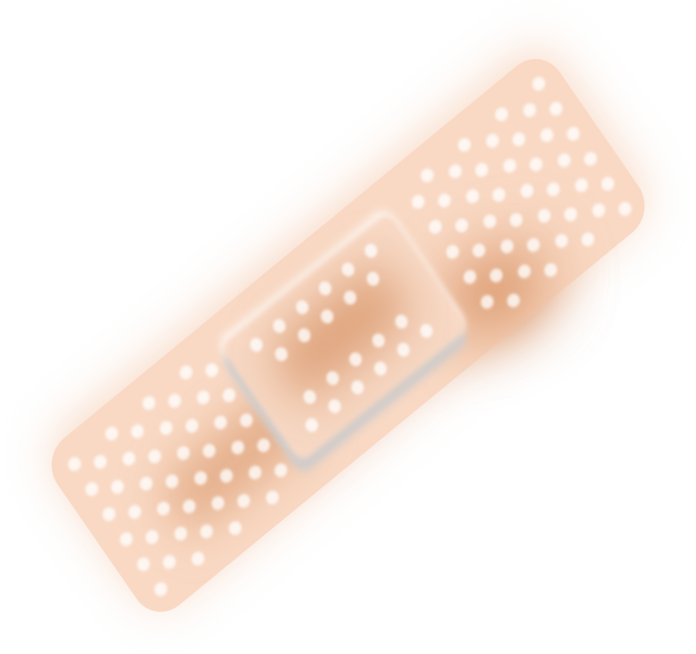Wound healing requires patience, care, and time but if ignored, it can initiate a nasty bacterial infection, delaying the recovery. Not many people know that wound infection, also called sepsis is a long term and life-threatening medical condition which could poison the blood and kill a person. All thanks to the advanced anti-bacterial wound dressings, the chances of sepsis can be minimized now.
It is necessary to access the antibacterial resistance phenomenon which is becoming more and more common with each passing day yet doesn’t get the attention that it deserves. In simpler words, excessive intake of the anti-biotics could make the targeted bacteria to develop a resistance against them, making the medicines ineffective against the infection.
The human body works like a machine that auto-repairs itself in case of a problem. The process of wound healing is initiated on its own. The typical stages of the natural wound healing are;
- Hemostatic– when the body tries to stop bleeding by blocking the dripping of blood. It is completed with platelets, enzymes and collagen work.
- Inflammatory– when the body starts to remove debris from the wound and prepare for growing the new cells on the wound site.
- Proliferative– at this stage, the body tries to fill the wound by regenerating new cells and tissues.
- Maturation– the newly formed skin cells start gaining stability and strength.
This whole process can take a few days to years, depending upon the depth of the wound. However, at any stage, a poorly cared wound can result in a deep-rooted sepsis infection.
Also read- Shocking Case of a Mother with Postpartum Psychosis Assuming her NewBorn Son is a Devil
Surprisingly, it is not just true for oral medications but also for the ointments, creams, and all anti-bacterial products. The common sepsis causing bacteria i.e. staphylococci is now resistant to a number of chemicals that were once thought as powerful anti-bacterial.
To combat this problem, a team of researchers has developed advanced cellulose membranes which help to kill these bacteria before they cause an infection.
This study was led by Katharina Maniura who is an EMPA researcher, working at Biointerfaces lab, St. Gallen. The study has produced fine membranes of cellulose made with the electrospinning technology.
The diameter of these cellulose fibers is much lesser than one micrometer which is made as a multi-layer bandage. This bandage is highly flexible and stable as it contains a polymer called polyurethane during the spinning process.
It has a highly efficient antibacterial effect, achieved through the multifunctional peptides added to the cellulose fibers. These peptides are easy to obtain and use and they are more sensitive to initiate the healing process.
These anti-bacterial wound dressings are skin-friendly, allowing it to breathe, unlike many other medical grade bandages. During the cell culture trials, the research team reported a high tolerance level of human skin to these peptide membranes.
Also read- Novel Coronavirus Vaccine May Not Work on Obese People
But on the other side, these peptide membranes are deadly for the bacteria that are most likely to hit a wound, including the staphylococci. This study reported 99.99% efficiency of these anti-bacterial wound dressings caused by the peptide membranes in their structure.
This advancement in medical-grade bandages i.e. anti-bacterial wound dressings suggests that the use of anti-microbial membrane sis vital for faster wound healing. If added with more benefits, these peptides can be extremely helpful in controlling the infectious spread. But it may take some time, effort, and lots of resources to conduct these studies and test the products.




